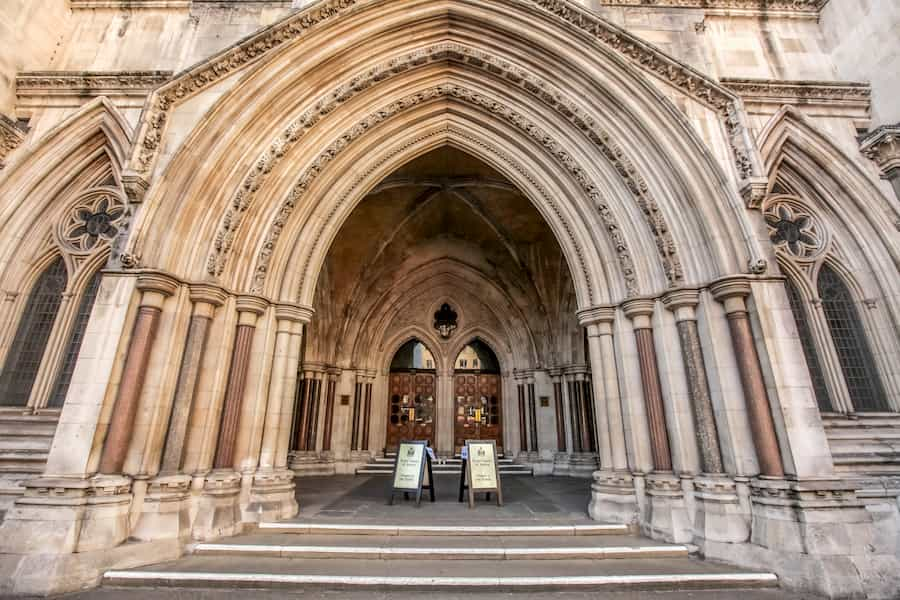The Supreme Court are considering their judgement after hearing arguments about the constraints placed on a landowner when objects in a property are listed separately to the whole of the building (Dill v Secretary of State for Communities and Local Government and another [UKSC2019/0001].
The case concerned two 18th century lead urns on limestone pillars which were placed in the gardens of a listed building in 1973 by Mr. Dill’s father. In 1986 the urns and their pillars were individually listed under the predecessor to the Planning (Listed Buildings and Conservation Areas) Act 1990. In 2009, Mr. Dill (apparently unaware of the listing) removed them and sold them at auction. It wasn’t until 2015 that the Council noticed they were missing and advised Mr. Dill that Listed Building Consent was required before they could be removed. The Council refused his application for retrospective consent and served a Listed Building Enforcement Notice on him. Mr. Dill challenged this, and the case reached the Supreme Court in March 2020.
Mr. Dill argued that because urns weren’t buildings, or part of a building, they couldn’t be listed. If successful, then this could have a huge impact on landowners as a wide range of objects have been listed, including two K6 style red telephone boxes at Preston station and a milepost on the A56 outside Sheffield.
The case is a timely reminder to landowners and developers that objects can be listed on their own or as part of a building and that removing or altering them can be a breach of the 1990 Act. It is also a warning that silence from the relevant Council does not necessarily mean that the landowner has “got away with it”. In the Dill judgement, there was a six-year gap between removal and the Council taking action. This is because unlike planning and other matters, there is no time limitation for enforcement of breaches of Listed Building Consent.
Whilst the judgement of the Supreme Court is awaited, landowners, developers and those advising them must continue to exercise extreme care when looking to alter or develop listed buildings. A breach of the 1990 Act is a criminal offence carrying a maximum of 2 years imprisonment and / or an unlimited fine. Buyers of listed buildings should also be careful as they will “inherit” any breaches by previous owners and be responsible for complying with any Enforcement Notices issued in respect of these works. Stewart Title can offer a number of Indemnity Policies dealing with Listed Buildings and Conservation Areas and our Underwriters possess extensive knowledge of these issues.
For more information, please get in touch: robert.kelly@stewart.com or 02070107820.




















